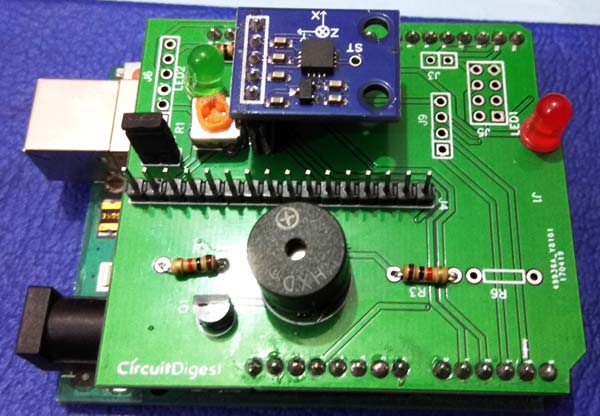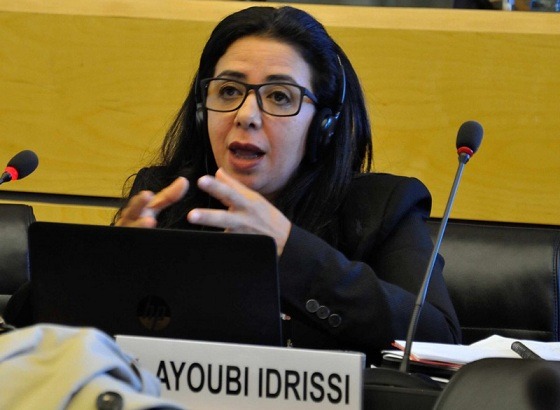 The United Nations Educational, Scientific and Cultural Organization (UNESCO) has donated the Moroccan National Center for Scientific and Technical Research (CNRST) seven high-tech earthquake early warning equipment.
The United Nations Educational, Scientific and Cultural Organization (UNESCO) has donated the Moroccan National Center for Scientific and Technical Research (CNRST) seven high-tech earthquake early warning equipment.
The high-tech early warning equipment will allow to detect quakes just before their occurrence and to launch warning messages through loudspeakers. They can also be of great use for tsunami warning and can trigger the immediate shutdown of certain sensitive equipment such as machines at nuclear power plants, trains and elevators, said a press release from the UN Organization.
One of these equipment has been installed at the National Institute of Geophysics (ING) and the others in the cities of Kénitra, Larache, Tangier, Al Hoceima, Nador and Fez.
The equipment was purchased thanks to a donation provided by the Japanese company “Challenge Company Limited” to the CNRST.
In view of Morocco’s geographical location which exposes several areas of the country to the risk of earthquakes, Morocco has for several years implemented a research policy in the field of seismology, through the extension of the seismological network managed by the ING under the CNRST, and through numerous researches and field missions carried out by Moroccan universities, the UNESCO press release said.
UNESCO promotes scientific exchange and collaborative efforts in order to establish effective early warning systems for different hazards such as landslides, volcanoes and earthquakes. UNESCO helps Member States to collectively achieve effective early warning and monitoring helps coordination between existing research centers and educates communities at risk about preparedness measures, including setting up warning and emergency response Standard Operating Procedures and community drill exercises. UNESCO promotes community-based approaches in the development of response plans and awareness campaigns which strongly involve educational institutions and end-users.



